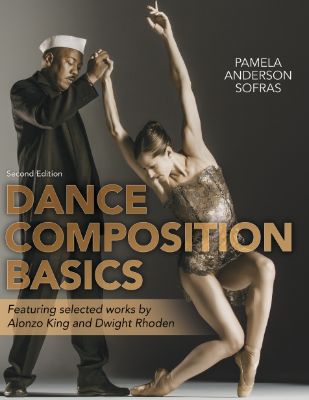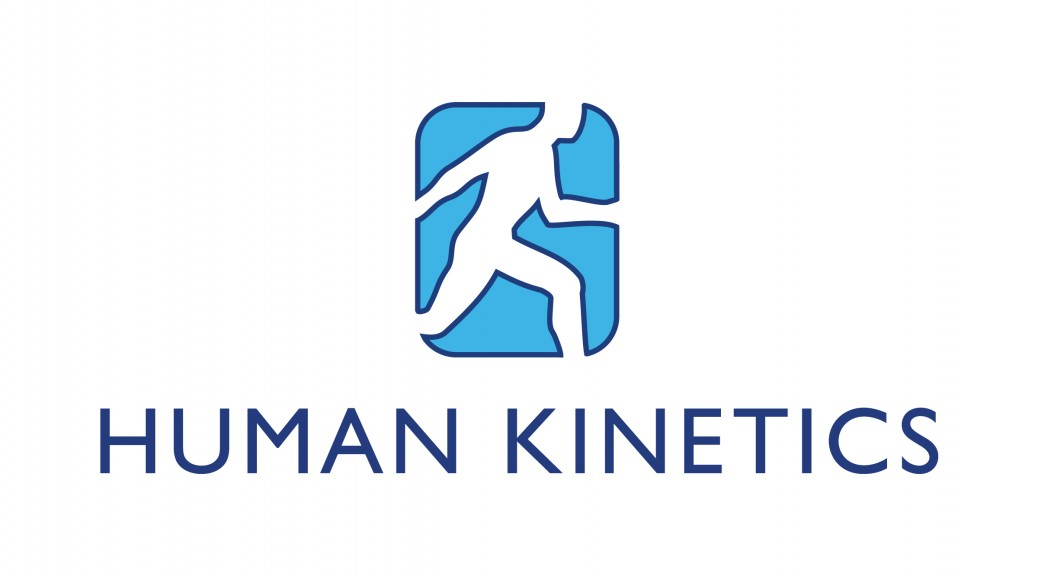
Lýsing:
If the saying "To be the best, you must learn from the best" holds true, then this book is gold for all aspiring dancers. Dance Composition Basics, Second Edition, doesn't just feature the works and brilliance of dance and choreographic legends Alonzo King and Dwight Rhoden—it is completely based on the choreographic operations and forms in three of their original works: Chants and Dreamer by King and Verge by Rhoden.
All compositional exercises in the book are based on those three works, and the book itself is expertly crafted by Pamela Anderson Sofras, who has 34 years of experience teaching dance at the university level. Dance Composition Basics, designed for beginning dance composition courses, introduces dancers to choreography through a series of problem-solving activities. The activities are starting points for novice dancers to embark on their own attempts at choreography.
Useful Tools The book offers several useful tools for instructors: •27 lesson plans that draw from and highlight selected portions of original compositions by King and Rhoden•33 reproducible assessment and self-evaluation forms•An instructor guide that includes a sample course syllabus plus written exams for each chapter•PowerPoint presentations to guide students through each lesson•A web resource featuring online videos that are closely tied to the lesson plans and provide a richer learning experience for students; students can access this resource inside or outside of classHighly Valuable Video Resource The videos give students access to Alonzo King and Dwight Rhoden, highly successful and respected choreographers, who share their processes and techniques.
Many video clips show the choreographers working on the same movement concepts featured in the corresponding lesson. Students will see the choreographers in action with professional dancers as they develop the movement material for each dance. Because students get to see the choreographers and dancers struggling with the same creative concepts they have been assigned, these clips add tremendous value to Dance Composition.
Book and Web Resource Organization The text is split into five chapters, each of which features several lessons based on that chapter's choreographic concept. Each lesson contains the following: •An introductory statement and a vocabulary list•A warm-up to prepare the body and focus the mind•Structured improvisations that help dancers understand the movement concepts of the lesson•Problem-solving activities that allow dancers to apply the concepts presented in the improvisations•Discussion questions to engage dancers and promote understanding•Assessment rubrics to guide evaluation of each dancer's learningAt the end of the book, a glossary provides definitions for the vocabulary terms introduced in the chapters.
The main menu of the web resource corresponds with the five chapters in the book. To guide students' use of the videos, icons have been placed throughout the book, referring readers to additional information in the web resource. Reviewing the videos will provide further insight into the choreographic assignment. The web resource also contains all the discussion questions, assessments, and evaluations found in the book.
Instructors can distribute these to students electronically or print them out. Instructors can also adapt the forms to meet their specific needs. The Learning ProcessDance Composition takes students through a systematic learning process: reading about a concept, discussing the concept, seeing the concept played out on video with professional choreographers and dancers, and exploring the concept through their own movement ideas.
Through this process, which includes structured improvisations, students discover a movement vocabulary and original dance phrases. They then more fully develop their movement ideas, with specific movement assignments, and are given feedback by their peers and the instructor. Invaluable ResourceDance Composition Basics, Second Edition, is an invaluable resource for dancers of all styles, from ballet to modern jazz, as it introduces them to some of the compositional structures used by professional choreographers.
Annað
- Höfundur: Pamela Anderson Sofras
- Útgáfa:2
- Útgáfudagur: 02/2019
- Engar takmarkanir á útprentun
- Engar takmarkanir afritun
- Format:ePub
- ISBN 13: 9781492589815
- ISBN 10: 1492589810
Efnisyfirlit
- Title Page
- Copyright
- Dedication
- Contents
- Preface
- Featured Artists and Works: Alonzo King
- Featured Artists and Works: Dwight Rhoden
- Online Video Contents
- Acknowledgments
- 1. The Body: Exploring the Ways We Move
- Lesson 1 Impulse: Origins of Movement
- Lesson 2 Phrase: Linking Movements
- Lesson 3 Gesture: Personal Vocabulary of Movement
- Lesson 4 Shape: Body Design
- Lesson 5 Problem Solving: Creating a Solo
- 2. Space: Exploring the Expanse We Move In
- Lesson 1 Air and Floor Pathways: Mapping the Route
- Lesson 2 Diagonals: From Corner to Corner
- Lesson 3 Symmetry: Balancing Shapes
- Lesson 4 Positive and Negative Space: Sharing a Shape
- Lesson 5 Balance: Supporting Each Other
- Lesson 6 Imitation: Reflecting Each Other
- Lesson 7 Problem Solving: Creating a Duet
- 3. Time: Exploring Tempo
- Lesson 1 Slow Motion: Dancing in Reverie
- Lesson 2 Speed: Learning to Dance Quickly
- Lesson 3 Pacing: Combining Different Pulses
- Lesson 4 Accelerating: How Fast Can It Go?
- Lesson 5 Problem Solving: Creating a Trio
- 4. Energy: Force Generating Movement
- Lesson 1 Inertia: Readiness to Move
- Lesson 2 Opposites: Contrasting Energies
- Lesson 3 Dynamics: Qualities of Movement
- Lesson 4 Intensity: Increasing and Decreasing Force
- Lesson 5 Problem Solving: Creating a Small-Group Composition
- 5. Choreographic Devices: Creating Finished Compositions
- Lesson 1 Call and Response: Antiphonal Movement
- Lesson 2 Canon: Dancing in Unison a Few Counts Apart
- Lesson 3 Directional Mirroring: Parallel Reflecting and Reverse Reflecting
- Lesson 4 Variation: Interweaving and Varying Patterns
- Lesson 5 Problem Solving: Creating a Movement Suite
- Glossary
- Bibliography
- Index
- About the Author
UM RAFBÆKUR Á HEIMKAUP.IS
Bókahillan þín er þitt svæði og þar eru bækurnar þínar geymdar. Þú kemst í bókahilluna þína hvar og hvenær sem er í tölvu eða snjalltæki. Einfalt og þægilegt!Rafbók til eignar
Rafbók til eignar þarf að hlaða niður á þau tæki sem þú vilt nota innan eins árs frá því bókin er keypt.
Þú kemst í bækurnar hvar sem er
Þú getur nálgast allar raf(skóla)bækurnar þínar á einu augabragði, hvar og hvenær sem er í bókahillunni þinni. Engin taska, enginn kyndill og ekkert vesen (hvað þá yfirvigt).
Auðvelt að fletta og leita
Þú getur flakkað milli síðna og kafla eins og þér hentar best og farið beint í ákveðna kafla úr efnisyfirlitinu. Í leitinni finnur þú orð, kafla eða síður í einum smelli.
Glósur og yfirstrikanir
Þú getur auðkennt textabrot með mismunandi litum og skrifað glósur að vild í rafbókina. Þú getur jafnvel séð glósur og yfirstrikanir hjá bekkjarsystkinum og kennara ef þeir leyfa það. Allt á einum stað.
Hvað viltu sjá? / Þú ræður hvernig síðan lítur út
Þú lagar síðuna að þínum þörfum. Stækkaðu eða minnkaðu myndir og texta með multi-level zoom til að sjá síðuna eins og þér hentar best í þínu námi.
Fleiri góðir kostir
- Þú getur prentað síður úr bókinni (innan þeirra marka sem útgefandinn setur)
- Möguleiki á tengingu við annað stafrænt og gagnvirkt efni, svo sem myndbönd eða spurningar úr efninu
- Auðvelt að afrita og líma efni/texta fyrir t.d. heimaverkefni eða ritgerðir
- Styður tækni sem hjálpar nemendum með sjón- eða heyrnarskerðingu
- Gerð : 208
- Höfundur : 13692
- Útgáfuár : 2019
- Leyfi : 379


